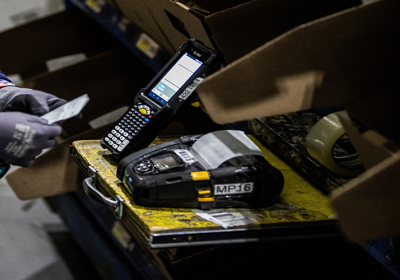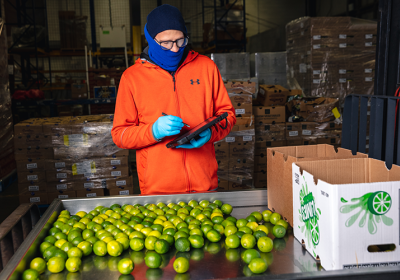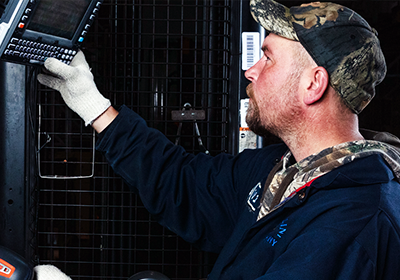A recent study predicts the global cold chain market size will surpass $583 billion by 2030.
Certain markets have even greater challenges: when it comes to supermarket supply chain, spoilage is the greatest fear. U.S. grocery retailers have estimated that up to one third of their food shipments arrive at their stores spoiled and unusable. This represents a huge potential failure point in the supply chain.
Today retailers, manufacturers, and logistics service providers shipping perishable goods must meet a range of regulatory requirements (such as FSMA) regarding how those products are shipped, processed, and stored. While necessary, these requirements often create a heavy burden for those shipping, receiving, or selling perishable products.
During the pandemic the supply chain was stretched to its absolute limits. It became apparent that supply chain retailers, especially in the grocery and pharmaceutical markets, would have a very slim chance of success if they didn’t develop a solution that addressed the critical need for speed, efficiency and safety. They found that a key component of an effective cold chain management strategy is to equip your warehouses and distribution centers with technologies and automation to develop efficiencies that address increased e-commerce demand and workforce shortages.
Innovative warehouses and distribution centers are now arming themselves with new devices and technologies that address the changing needs of their warehouse supply chains, and that are flexible and powerful enough to take them well into the future. Warehouse data capture, inventory tracking and management is more difficult in cold chain conditions, and technology of the past just can’t stand up to this environment. Today’s ultra-rugged and extremely durable devices incorporate technology that performs seamlessly, even in the harshest conditions. New devices also easily overcome challenges presented by cold and fluctuating temperatures, such as cracked or condensate-filled screens and quickly-drained or non-functional batteries.
A key component of an effective cold chain management strategy is to equip your warehouses and distribution centers with technologies and automation.
General Data understands the unique challenges presented by cold chain environments, and we’re experts in the latest innovative technology to help you address and overcome your specific challenges. We can help your cold chain barcode capture with the most advanced ultra-rugged mobile computers that can stand 10-foot drops to concrete, with IP68 sealing against water and ice, built-in heating elements, and keypads for input in extreme conditions, along with scanning at near, mid, and far-range with no moving parts (to operate at lightning speed).
We also offer convenient vehicle-mount mobile computers with internal heating controlled by embedded smart sensors, up to IP67 sealing, frost-free screens, easy pairing with corded scanners, and even keyboards if they’re needed.
If you’re using RFID labels or tags to track products and inventory, General Data offers fixed readers built for rugged cold chain environments, even when placed in doorways or locations where they may be exposed to extreme temperatures. And to complete a cold chain management system, General Data offers tough mobile printers that can stand up to freezer and cold environments, including drops, tumbles, accidents, and environmental extremes.
Talk to General Data about cold chain; we'll help you get the solution you need for your unique supply chain challenges.




